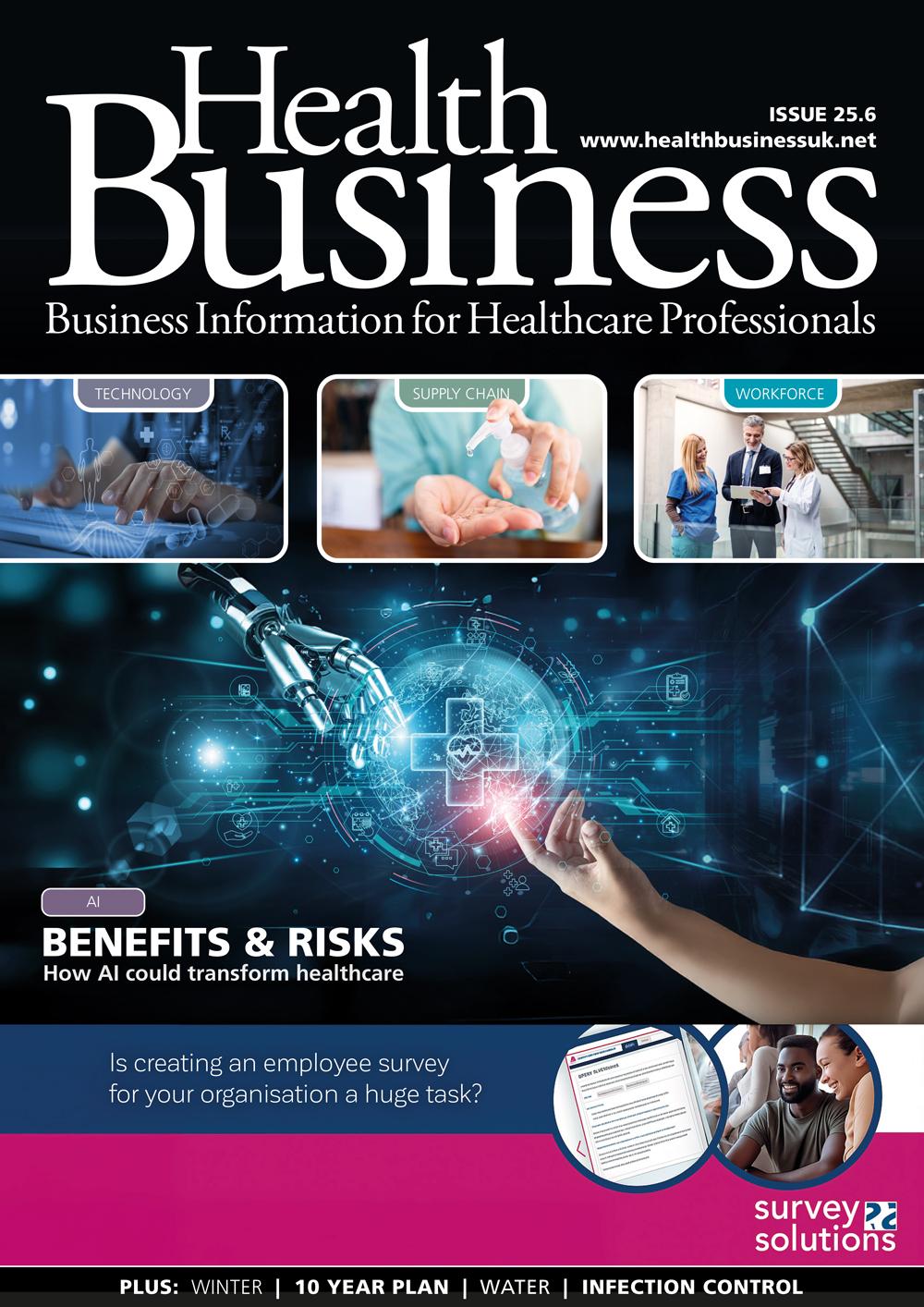The UK Health Security Agency (UKHSA) has listed the pathogen families that could potentially pose the biggest risk to public health, and has compiled a reference tool to help guide research and development investment in England.
The list of 24 pathogen families highlight where UKHSA believes further research and development would be beneficial to boost preparedness against future biosecurity risks, particularly around diagnostics, vaccines and therapeutics. Research across a range of pathogens not on the list is also important, however.
For each viral family included in the tool, a rating of high, moderate, or low risk to pandemic and epidemic potential is suggested, which are the opinions of scientific experts within the UKHSA. This rating doesn’t indicate which pathogen UKHSA considers most likely to cause the next pandemic, but rather those pathogens requiring increased scientific investment and study.
Included on the list are pathogens that increased vaccine or diagnostics development might be necessary, or those which may be exacerbated by a changing climate or antimicrobial resistance.
Pathogen families on the list where the UKHSA is keen to undertake more research are the coronaviridae family, which includes Covid-19, and the orthomyxoviridae family, which includes avian influenza.
The tool is intended to be updated annually as priorities and risks are expected to change, and the tool must be used with other information as appropriate, as it represents a snapshot at one point in time.
Dr Isabel Oliver, chief scientific officer for UKHSA, said: “This tool is a vital guide for industry and academia, highlighting where scientific research can be targeted to boost UK preparedness against health threats.
“We are using the tool as part of our conversations with the scientific community, to help ensure that investment is focused to where it can have the biggest impact.
“We hope this will hep to speed up vaccine and diagnostics development where it is most needed, to ensure we are fully prepared in our fight against potentially deadly pathogens.”

